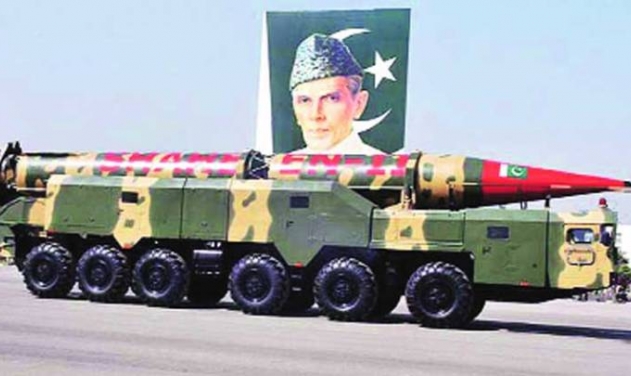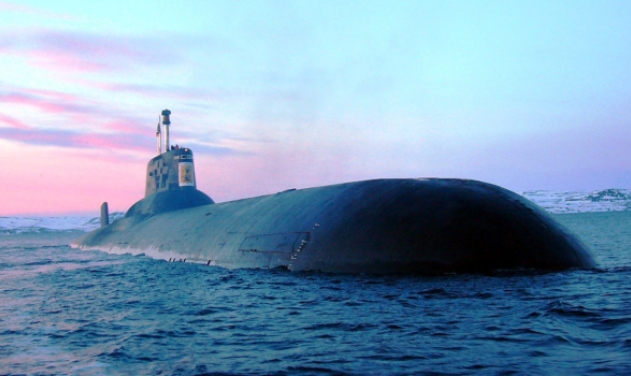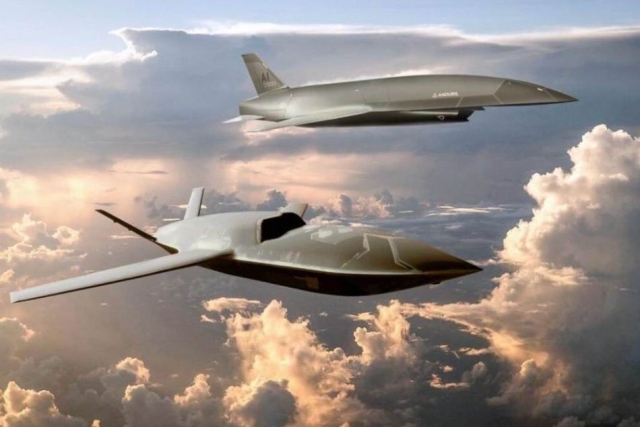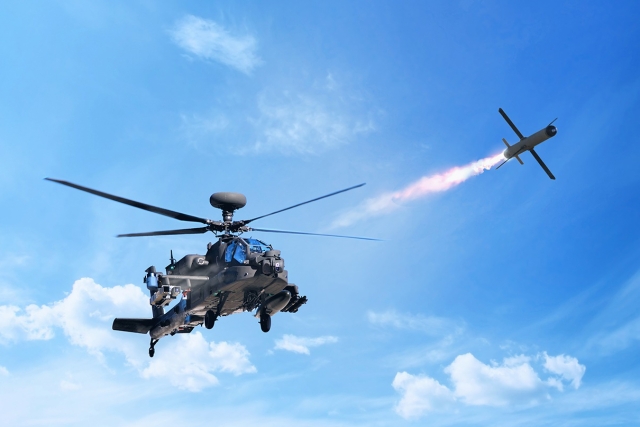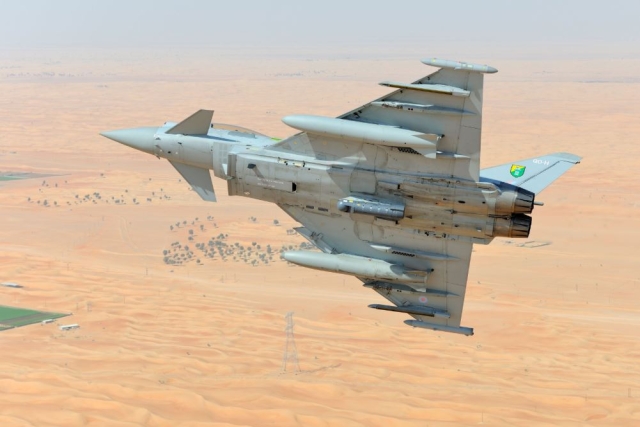China Becomes World's Second Biggest Military Spender: SIPRI
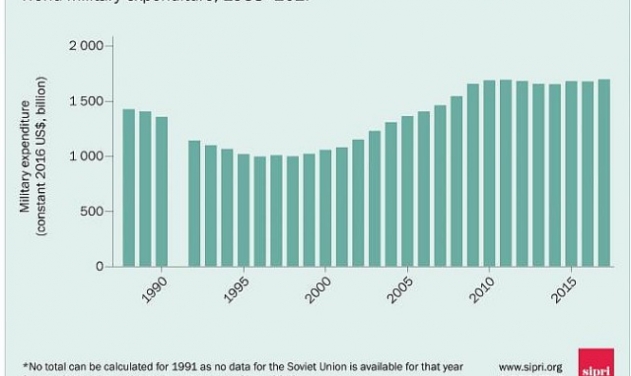
China has become the world's second biggest military spender behind the United States relegating Saudi Arabia and India to third and fourth place respectively according to a new report by the Swedish International Peace Research Institute (SIPRI) which compiles global arms procurement data.
China increased its military spending by 5.6 per cent to $228 billion in 2017. China’s spending as a share of world military expenditure has risen from 5.8 per cent in 2008 to 13 per cent in 2017. India spent $63.9 billion on its military in 2017, an increase of 5.5 per cent compared with 2016, while South Korea’s spending, at $39.2 billion, rose by 1.7 per cent between 2016 and 2017, according to new figures from the Stockholm International Peace Research Institute (SIPRI).
In comparison. Russia’s military spending fell for the first time since 1998, while spending by the United States remained constant for the second successive year.
With spending of $69.4 billion, Saudi Arabia had the third highest military expenditure in the world in 2017. Iran (19 per cent) and Iraq (22 per cent) also recorded significant increases in military spending in 2017.
‘Despite low oil prices, armed conflict and rivalries throughout the Middle East are driving the rise in military spending in the region,’ said Pieter Wezeman, Senior Researcher with the SIPRI AMEX programme. In 2017 military expenditure as a share of GDP (known as the ‘military burden’) was highest in the Middle East, at 5.2 per cent. No other region in the world allocated more than 1.8 per cent of GDP to military spending.
Seven of the 10 countries with the highest military burden are in the Middle East: Oman (12 per cent of GDP), Saudi Arabia (10 per cent of GDP), Kuwait (5.8 per cent of GDP), Jordan (4.8 per cent of GDP), Israel (4.7 per cent of GDP), Lebanon (4.5 per cent of GDP) and Bahrain (4.1 per cent of GDP).
At $610 billion, the USA spent more on its military than the next seven highest-spending countries combined in 2017. ‘The downward trend in US military spending that started in 2010 has come to an end,’ said Dr Aude Fleurant, Director of the SIPRI AMEX programme. US military spending in 2018 is set to rise significantly to support increases in military personnel and the modernization of conventional and nuclear weapons, he added.


